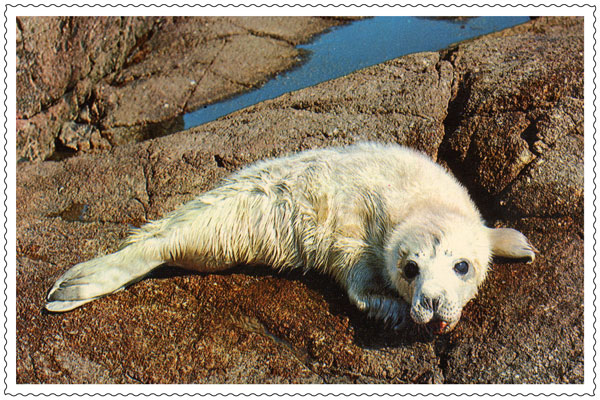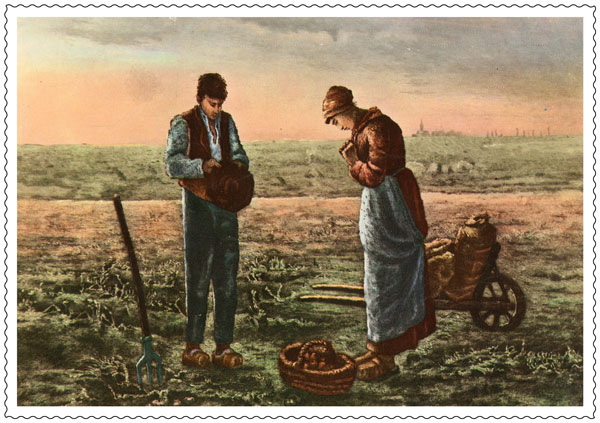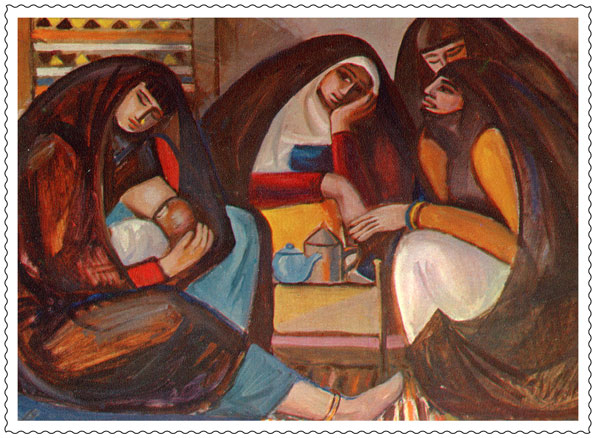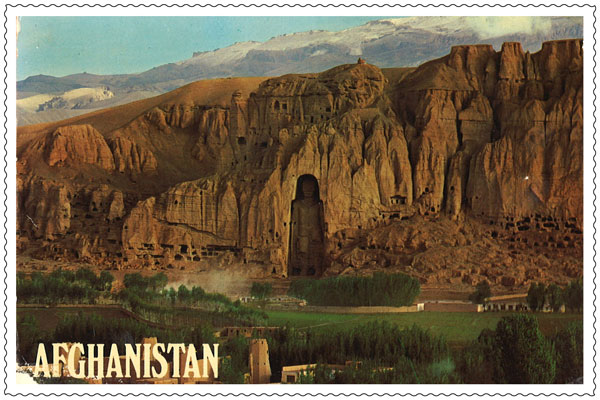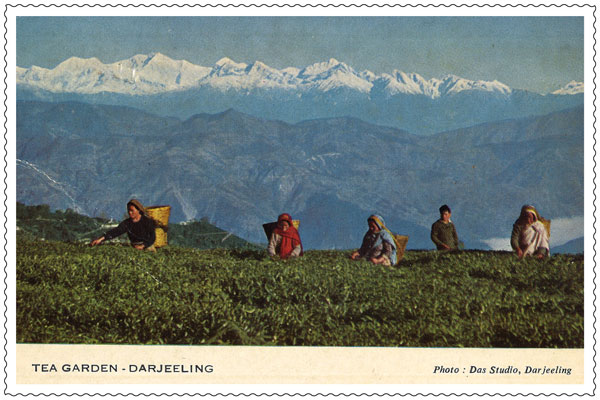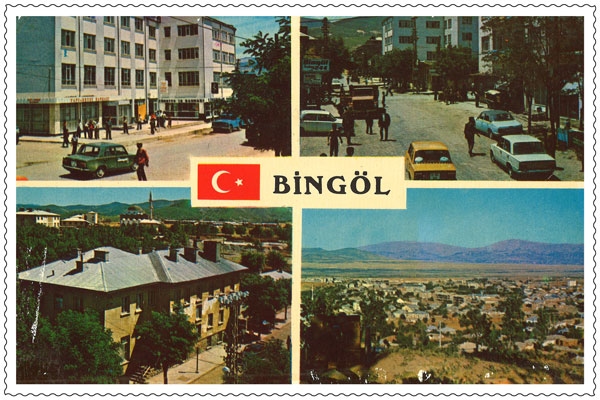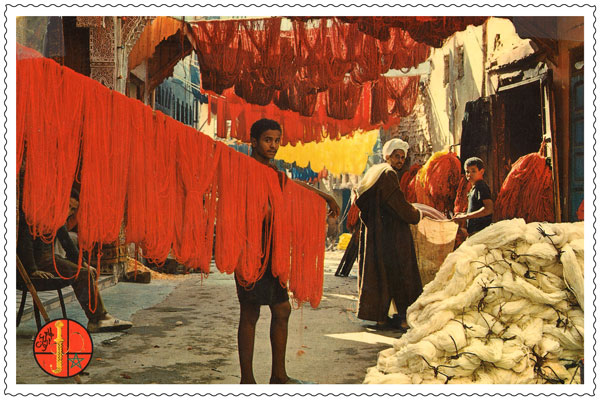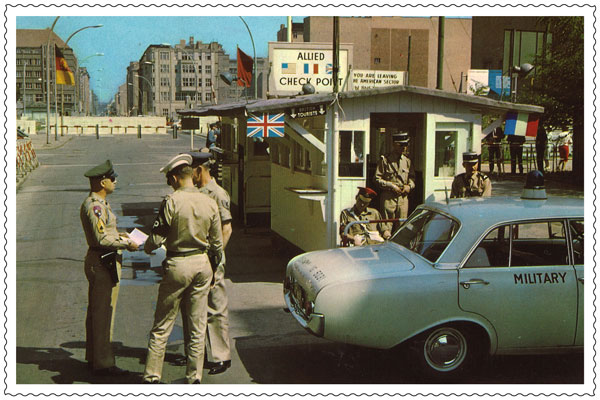Travel Anecdotes
Scilly Isles – April 1973
The Scilly Isles is an archipelago west of the of southwestern tip of Cornwall in England. About 45 kilometres from Land’s End five or six of the islands (depending on how you count) are populated with roughly 2,000 souls. The archipelago is bordering a subtropical climate. The average annual temperature is 11.8 °C, by far the warmest place in the British Isles. One of the viewpoints on the relatively flat islands, is called Nowhere – and there is a board map of the island at this spot with a red circle marked "now here."
Access to the islands and the capital Hugh Town on the island of St. Mary’s, were by boat or helicopter. Tourism account for close to 85 percent of the islands’ income. The waters around the island are rather shallow, so the boats plying to and from are flat bottomed. Rough waters can easily make you seasick as it did with me, and arriving at the Bed and Breakfast in Hugh Town the first thing I asked for was a laundry service. I returned to Penzance by helicopter.
Apparently, Olav Tryggvason, King of Norway, visited the island in 986, and an encounter with a cleric led him to christianise Norway. So goes the story.
Aix-en-Provence – June 1976
A copy of this painting, The Angelus by Jean-François Millet, was hanging on the wall back home in my parent’s place and it was something I had been looking at all through my childhood.
Knowing little about art and paintings at the time, I suddenly felt the urge to send this postcard back home when coming across it at a kiosk in Aix-en-Provence in Southern France in the early summer of 1976. Millet was a French artist (1814-1875) and one of the founders of the Barbizon school in rural France. Millet is noted for his paintings of peasant farmers and can be categorized as part of the Realism art movement.
Baghdad – September 1976
My travel companion and I arrived Baghdad late on the 23rd of September after more than two nights and three days on the train from Aleppo in Syria. We had tickets for 3rd class, but as more and more rice sacks, goats and other household animals entered the train we escaped to the first class. The extra comfort cost each of us 20 lire in Turkey, 6 pounds in Syria, and 5.6 dinars in Iraq. We crossed the border from Syria to Turkey, travelled along the southern border in Turkey and again another border crossing into Iraq. At every border crossing there were hours of waiting, for what I still don’t know. It had taken us three weeks to wait for the Iraqi visa in Turkey – luckily, we could pick up the visa stamp in Ankara after having applied in Ístanbul. It came with a condition: Israeli stamps in my passport would render the visa invalid.
The city of Baghdad was quiet as it was towards the end of the month of Ramadan, and the temperature during the day was peaking around 45. Most of the time was spent in the hotel room, as all shops in the nearby bazaar were closed. One day we did venture out, and almost as if the magician from Aladdin’s Lamp was there, what descended on us in the form of a fancy sports car, was a young man who opened the car door: “Please, come in!” Off we went with a stranger to the gardens of Babylon, in air-conditioned comfort, followed by a free sumptuous lunch including a cold beer, something we had been fantasizing about in the dreary room at New Port Hotel on Wathba Street. In the evening the young man from Aladdin’s Lamp also took us to a local party that included a Miss Baghdad contest. The Ramadan was obviously coming to an end.
Afghanistan – October 1976.
Before arriving the Afghan border for the first time in my life, I was by many travellers told that toilet paper was a commodity in scarce supply. In a way it reinforced my preconceived idea of Afghanistan as a backward country. As soon as the immigration procedures at the land border travelling towards Herat from Iran was completed, there were actually tens of makeshift shops selling – toilet paper. I am still wondering why these false rumours were spreading around travellers at that time. Afghanistan was the highlight on the overland trip, whether you were looking for “goodies and necessities” as a sign in our hotel reception announced, or if you wanted to dive into the history and culture of this proud nation. A post card with the famous Buddha status from Bamiyan I though being an appropriate image to send to my mother.
These Buddha statues were once the largest standing Buddhas in the world, until the Taliban in 2001 blew them apart and left everything in rubble. They are from a time before Islam travelled to the central Afghanistan region. The message on the back of the card was not so much about the art and the history of the Afghans, but much more about the recurring stomach upsets that limited my adventurous ideas of tracking out to remote areas of the country.
Built in the 6th century, before Islam had travelled to the central Afghanistan region, the two Buddhas of Bamiyan were famous for their beauty, craftsmanship and of course, size. The taller of the two Buddhas stood at more than 170 feet high, with the second statue at nearly 115 feet. They were once the world’s largest standing Buddhas. In March 2001 Taliban leader Mullah Mohammed Omar ordered the Buddhas destroyed. They were subsequently blown apart and left in rubble.
Darjeeling, India – January 1977
Darjeeling is situated at an altitude of a little over 2000 metres above sea level, and the very name is a corruption of Dorje Ling, meaning the Place of Dorje, the mystic thunderbolt of the Lamaist religion. During the British Raj it was made as a summer retreat for the ruling classes to escape the heat of the Bengal plain and the metropolis of Calcutta. Most exciting way of getting there was by a narrow-gauge railway, also nicknamed “The Toy Train”, an 88 km engineering feat built between 1879 and 1881, climbing from the plain up to the town using six zig zags and five loops to gain altitude.
Not that I needed an escape from the heat in January, but the British architecture gave me a feeling of Ilfracombe or any other small English town in Dorset or Somerset. But looking at the nature around I could easily mistake the place for being in Switzerland, not at least because its backdrop of many high mountains. However, the mixed population of Tibetans, Nepalese, Sikkimese, Bhutanese, Chinese, Bengalis and many others sent me back to reality
Mount Kanchenjunga, the third highest mountain in the world, can be spotted from nearby Tiger Hill at sunrise. Mountaineering indeed
Not to forget though, Darjeeling is also famed for the distinctive black tea grown on plantations that dot its surrounding slopes.
Quetta, Pakistan – October 1977
A white man walking through the bazar in the centre of Quetta brings a lot of attention. Two white men even more so, and especially with a camera hanging over their neck. All the chaiwallahs want their photo taken, and us tasting their tea – in exchange for a rupee of course. English skills are poor, but enough to make a simple conversation. “Hello mister. Where are you from. What are you staying? Tea very good? Acha!” Walking through the bazar is almost like a teashop hopping, as we have to taste chat with all the tea shop owners in the market.
Out in the streets we are constantly approached by young men who want their photo taken. Proud, rough looking men with a black beard and a white turban put on a serious look when I say cheese and click the camera. As soon as the click is over, they are all smiles, laughter and grateful: “thank you, mister!”
We turn the corner and suddenly notice a woman in a doorway not dressed in a burqa. With a colourful dress and red lips, she smiles invitingly. Then suddenly another one appears in the next doorway, and then yet another one. One of them combs her hair and one is applying the lipstick. I suddenly understand where I am. But as soon as I try to lift my camera they disappear as quickly as dew in the morning sun.
Historically, Quetta owes much of its importance to the Bolan Pass which links the city to Kandahar in Afghanistan. The capital of the Baluchistan province of Pakistan is at an elevation of 1680 metres, higher than Kandahar, but the Bolan Pass is somewhat higher than Quetta. That pass was also the way we would enter Afghanistan after leaving this town the next day.
Bingöl, Turkey – September 1976
Bingöl literally translate as thousand lakes – bin=thousand and göl=lake. Being a mid-size town in the eastern part of Turkey where the majority of the people are Kurdish, it was a stop-over on the hippie trail of the seventies. A grey dusty town, where people only stopped for the night, if they stopped. Despite its name there were hardly any beautiful lakes around to see or visit. The reason we stopped in September 1976 was our plan to visit an even smaller town named Lice, south of Bingöl, on the way to Diyarbakir – the capital of the Kurdish cultural region. I wrote my mother that people are extremely friendly in this part of the world, tourists and travellers are so few and far between that we are treated like kings. We met some people on the street that invited us to a barbecue in the fields outside the town, accompanied by live music and bottles of the local wine. Despite being in the middle of Ramadan.
In those days, long before tourism made its way into Turkey, few foreign languages were spoken. Fortunately, the hotel host spoke German, and he claimed that many of the menfolk of the town were in Europe to work – even in Norway. While the hotel lobby doubled as a prayer hall five times a day, we took the opportunity to sightsee the small town and to admire the local Atatürk statue. Every village, town, and city in Turkey had a statue of the father of modern Turkey – Mustafa Kemal, popularly known as the father of Turkey: Atatürk. A name that was granted to him officially by the Turkish government in 1934.
Marrakesh, Morocco – April 1975
Morocco was the first non-European country I visited, and it was a culture shock. The entry was through the Spanish enclave of Ceuta, and the first night was spent in a small town called Martil in the Tetouan area. The journey further south to Marrakesh was by bus and train, spending hours at local bus terminals waiting for a connection. From Rabat the train took me and my travelling companions to Marrakesh via Casablanca. Apart from the friendly people we exchanged conversation with on the train, I still have fond memories of the mint tea that was served on the trains. Older men came around with drinking glasses, mint leaves, sugar cubes, and hot boiling water – and in exchange for a dirham or two one had a very nice tasting drink. Drinking mint tea brings back the memories of Morocco, even to this day. Other strong memories of Marrakesh are the colours and the smell from the tanneries. And of course, the smell from barbecued lamb meat in the market in the evenings.
Bijapur, Karnataka, India – January 1978
In the northern part of the Indian state of Karnataka I arrived one day in early January 1978 at the city of Bijapur. A medieval city from the 11th century with a city wall, minarets and mosques, and a lively commercial area with shops and bazars. Located six hundred meters above sea level, the temperatures during the winter evenings are pleasant for a European. There were hardly any western travellers around and wherever I walked my white face called attention. If you had problems people staring at you, India was definitely not the place. Wherever you went in India, there were people everywhere. People pushing their way around trying to survive the day. Although the population of India in the late seventies were only half of what it is today, it was still over crowded – or at least it felt that way.
Check Point Charlie, Berlin – July 1981
Check Point Charlie was the name given by the Western Allies to the best-known Berlin Wall crossing point between East Berlin and West Berlin during the cold war. After the dissolution of the Eastern Bloc and the reunification of Germany, the building at Checkpoint Charlie became a tourist attraction and is now located in the Allied Museum in Berlin.
While visiting West Berlin on an assignment for a national newspaper in Norway, my colleague and I made an afternoon visit on a Saturday in July 1981. The crossing was simple after presenting our passports and we were allowed to roam around freely in the Eastern part of the city. However, most things were closed, only a few drab-looking Bier Stuben (beer bars) were open and I remember we tasted the “communist” beer at a price of less than half a dollar for a pint. We paid with East German marks, Ostmark as it was called, that officially exchanged to the Western counterpart at par. Black market rates were five to ten times higher.

